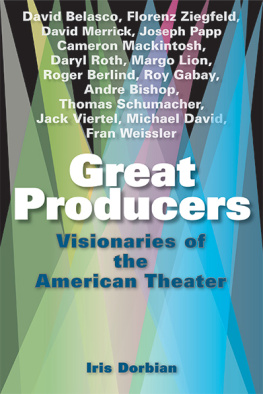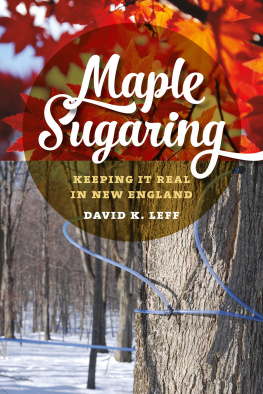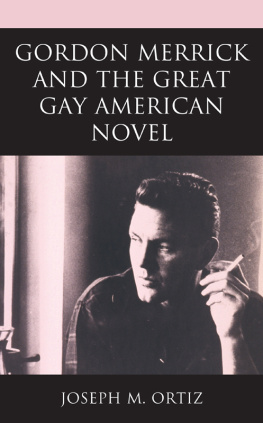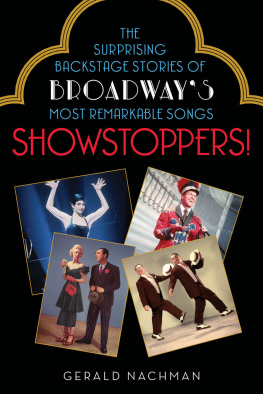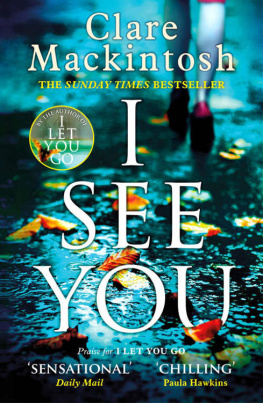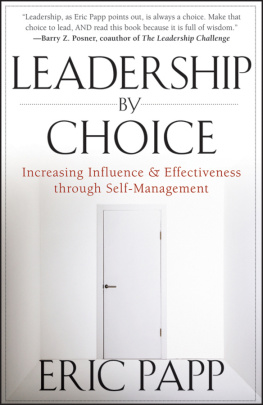Great
Producers
Visionaries of
the
American Theater
Iris Dorbian

2008 Iris Dorbian
All rights reserved. Copyright under Berne Copyright Convention, Universal Copyright Convention, and Pan-American Copyright Convention. No part of this book may be reproduced, stored in a retrieval system, or transmitted in any form, or by any means, electronic, mechanical, photocopying, recording, or otherwise, without prior permission of the publisher.
12 11 10 09 08 5 4 3 2 1
Published by Allworth Press
An imprint of Allworth Communications, Inc.
10 East 23rd Street, New York, NY 10010
Cover design by Derek Bacchus
Interior design by Kristina Critchlow
Page composition/typography by Integra Software Services, Pvt., Ltd.,
Puducherry, India
Cover photo by Derrek Bacchus
ISBN-13: 978-1-58115-646-1
ISBN-10: 1-58115-646-4
Library of Congress Cataloging-in-Publication Data:
Dorbian, Iris.
Great producers : visionaries of the American theater / Iris Dorbian.
p. cm.
Includes bibliographical references and index.
ISBN-13: 978-1-58115-646-1
ISBN-10: 1-58115-646-4
eBook ISBN: 978-1-58115-752-9
1. Theatrical producers and directorsUnited StatesBiography. I. Title.
PN2285.D66 2008
792.02320922dc22
2008010969
Printed in the United States of America
Dedicated to the memory of David Brian Baker and Nathalie Ackerman.
TABLE OF CONTENTS
Acknowledgements
It may sound like a tired maxim, but there are very few things in life that are a solo effort. The assistance and generosity accorded to me throughout the process of writing this book clearly illustrates that. I humbly and graciously thank the following individuals for making my life so much easier by taking the time to speak to me to offer their much-valued musings on various producers: Nils Hanson, Doris Eaton Travis, John Kenrick, Gillian Lynne, Jack OBrien, Adam Epstein, Roger Horchow, Susan Dietz, Ted Snowdon, Debra Monk, Charles Busch, Bartlett Sher, Bob Crowley, Natasha Katz, John Rando, William Ivey Long, Walter Bobbie, Allison Harper, and Wanda Richert.
Also, a special round of applause must be extended to Michael Kantor for pointing me toward Doris Eaton Travis, the centenarian survivor of the Ziegfeld Follies, and Ken Billington for his kindness in sending me excerpts of Louis Hartmanns Stage Lighting.
Many kudos go to berpublicists Susanne Tighe, Julianna Hannett, Aaron Meier, and Barbara Carroll for their logistical expertise in helping to coordinate interviews. Thank you from the bottom of my heart.
And lastly, a rousing encore to the assistants of the producersGreg Roby, Brett England, Clark Tedesco, Dusty Bennett, and Lily Hungall of whom were studies in meticulous detail and fluid cooperation.
Thank you all!
Introduction
When I interviewed Walter Bobbie, the gifted performer turned Tony Awardwinning director of the 1996 Broadway revival Chicago, about his experiences working with Fran Weissler, one of the producers profiled on the ensuing pages, I asked him point-blank what makes a good producer. (This was a ubiquitous question that I posed to nearly everyone I interviewed for the bookboth producers and the people they work with, which include coproducers, designers, directors, and actors.) His response was so passionately forthright and hauntingly eloquent, I knew once I transcribed his interview onto my laptop that it was going to be a quote I would use to preface my book:
Courage. The thing that a producer has to know, well, before anyone else says it, before the awards come, before the critics say yes, is that he believes so much in this creative expression that hes willing to bank his money and reputation in vigorous support of this. That takes confidence and courage.
I believe all the producers I discuss in this book, from the rising young general manager/producer Roy Gabay to the elegant former Wall Street wizard Roger Berlind, have both confidence and courage in spades. As many told me in interviews conducted between October 2006 and August 2007, theyve all had to invoke these qualities when taking on decidedly less than commercial projects. Whether it was erstwhile theater critic/dramaturg Jack Viertel, teaming up with Margo Lion to produce Tony Kushners Angels in America: Millennium Approaches and Perestroika, or Barry and Fran Weissler tackling William Finns Falsettos and encountering one roadblock after another, these producers have all displayed remarkable daring in the face of adversity, sticking tenaciously to their convictions even when common sense, reflected in declining box-office sales and middling reviews, dictated otherwise.
The book is not intended to be a legal primer on how to produce. For that, I urge you to flip to the appendix and check out the suggested volumes in the Books section. Nor is this book tailored to be a no-holds-barred, sensationalistic look at the sordid backstage machinations of producing. For that, youre better off logging onto one of the many theater gossip blogs that pop up regularly on the Internet. Yes, there is plenty of good dish in this book, but not on the tier of gossip you would normally find in a book whose sole intent is to titillate readers with lurid personal tidbits. (The exception is the rascally David Merrick, who seems to have been cast in a mold unlike anyone else before or since.) The dirt that you will glean from this book is how these producers got started, what project their initial foray into producing was, what their most challenging project was, how they deal with the irksome task of soliciting money from prospective donors, how they deal with a show that flops, etc. All are matters that every producer worth his or her salt, whether he or she is working on Broadway, off-Broadway, on tours or in regional theater, has had to grapple with sometime in his or her career. For the sake of expediency, simply because there were so many producers to discuss, I narrowed my focus to Broadway commercial and nonprofit producers.
When I began working on this book, my aim was to offer a behind-the-scenes peek into how each producer approaches his or her craft. Certain things seem to be a consensus: producing is impossibly riskyor a silly thing, as Michael David, crusty president of Dodger Theatricals, refers to itand asking people for money is never an easy chore. But the major common denominator is how proactive all of these producers are. Theyre not just moneylenders, and if they were, they wouldnt be in this book. All are actively involved in all phases of their shows, from beginning stages to opening night to closing. They are not perfect, and many do own up to mistakes theyve made while producing certain projects, but unlike others, theyve learned from their errors and have leveraged their hard-won wisdom into bigger and better shows. Therein lies the secret to their greatness. For students, educators, and aspiring producers, you couldnt ask for more worthwhile models for inspiration and edification.
As you will gather when you read each chapter, the modern producers are a divergent lot, and not in the mold of their predecessors: Flo Ziegfeld, David Belasco, David Merrick, and Joseph Papp. These men defined the older archetype of what a producer used to be: larger than life, irascible, despotic, and morally flawed (although Papps genuine altruism, crusading fever, and championship of the rank and file countervails his micromanaging propensities). Nowadays, the theater producer is a far different species. Not only do producers frequently collaborate with one another (Broadway producing circles are quite incestuousnote the repeated references to the same shows and producers made by those interviewed in this book), but its rare indeed that one can operate independently la Merrick: the harsh economics of producing on Broadway forbid that. Whatever the modern prolific theater producers may lack in color, charisma, and sheer brashness, they certainly make up for in business acumen, creative audacity, and utter resilience. This book is an homage to their innate derring-do and the everlasting pursuit of their next project.

